
Ingredient
Carbonated bottled drinking water
Effervescent Elixir: The Sparkling World of Carbonated Bottled Drinking Water
Carbonated bottled drinking water is characterized by its effervescence, which is achieved by dissolving carbon dioxide gas under pressure. This process creates the iconic bubbles that dance on the tongue, giving the water a lively and invigorating quality. It is typically clear and transparent, with a crisp and clean taste. The texture is light and airy, with a pleasant fizziness that adds a unique sensation to the drinking experience.
Origins and history
The concept of carbonated water dates back centuries, with the discovery of natural mineral springs that contained naturally carbonated water. These springs were believed to have therapeutic properties and were sought after for their health benefits. The first artificially carbonated water was created in the late 18th century by Joseph Priestley, an English chemist. Since then, carbonated water has gained popularity worldwide and has become a staple in the beverage industry.
Nutritional information
Carbonated bottled drinking water is calorie-free and does not contain any significant nutrients. It is a great choice for those looking for a hydrating and refreshing beverage without added sugars or calories.
Allergens
Carbonated bottled drinking water does not contain any known allergens.
How to select
When selecting carbonated bottled drinking water, look for brands that use high-quality water sources and have a reputation for maintaining consistent carbonation levels. Check the expiration date to ensure freshness, and consider opting for glass bottles to minimize any potential taste alterations caused by plastic.
Storage recommendations
To maintain the carbonation and freshness of carbonated bottled drinking water, store it in a cool and dry place away from direct sunlight. Avoid exposing the bottles to extreme temperatures, as this can affect the carbonation levels. Once opened, consume the water within a few days to enjoy its maximum effervescence.
How to produce
Producing carbonated bottled drinking water at home requires specialized equipment such as a carbonation system or soda maker. These devices allow you to carbonate tap water by adding carbon dioxide gas. Follow the manufacturer's instructions for optimal results.
Preparation tips
Carbonated bottled drinking water can be enjoyed on its own as a refreshing beverage or used as a base for various drinks and cocktails. It adds a delightful fizz to mocktails, spritzers, and mixed drinks. To enhance the flavor, consider adding a squeeze of citrus juice or a splash of fruit syrup. Serve chilled with ice for a truly invigorating experience.
Culinary uses
Carbonated bottled drinking water is commonly used in mixology to create fizzy and refreshing cocktails. It can also be used as a base for homemade sodas, flavored sparkling water, or as a substitute for still water in recipes that benefit from a touch of effervescence.
Availability
Carbonated bottled drinking water is widely available in grocery stores, supermarkets, and convenience stores worldwide.
More ingredients from this category
Recipes using Carbonated bottled drinking water » Browse all
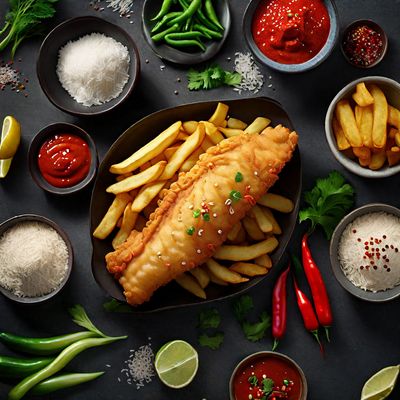
Taiwanese-style Crispy Fish and Chips
Golden Crispy Fish with a Taiwanese Twist
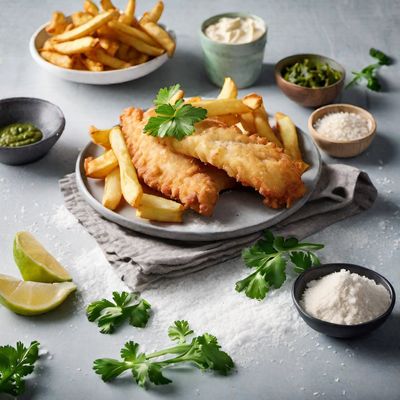
Fish and Chips
Elevated Fish and Chips: A Nouvelle Cuisine Twist
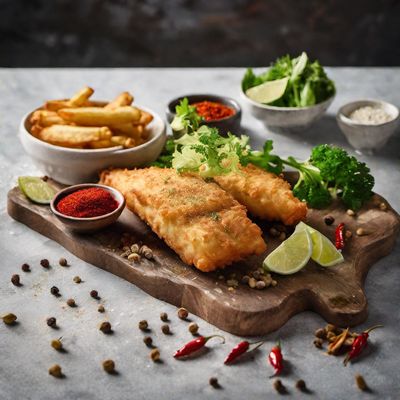
Sichuan-style Spicy Fish and Chips
Fiery Fusion: Sichuan-inspired Fish and Chips
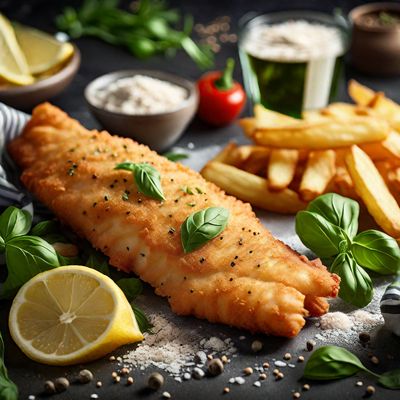
Fish and Chips Italian Style
Fritto Misto di Pesce

Croatian-style Ćevapi
Sizzling Croatian Ćevapi: A Taste of the Adriatic
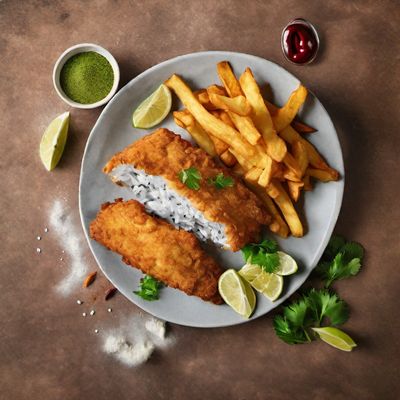
Thai-style Fish and Chips
Crispy Thai Fish with Spicy Sweet Potato Fries
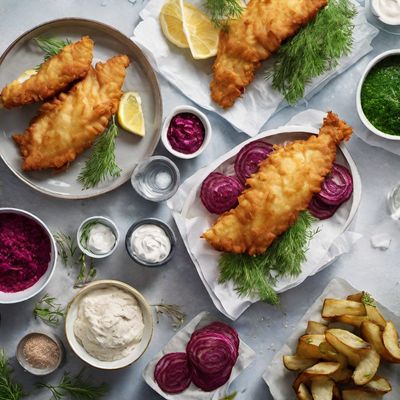
Fish and Chips
Baltic Sea Delight: Latvian Style Fish and Chips

Turkish-style Fish and Chips
Istanbul's Bosphorus Bites

Vegan Fish and Chips
Crispy Tofu and Potato Wedges

Haute Cuisine Ćevapi
Elevated Bosnian Grilled Meat Rolls
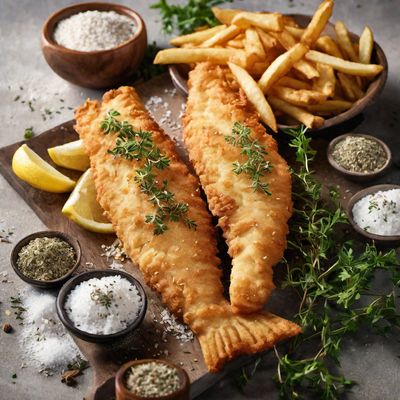
Bosnian-Style Fish and Chips
Sarajevo Seafood Delight

Haute Cuisine Fish and Chips
Elevated Fish and Chips: A Gourmet Twist on a Classic Dish